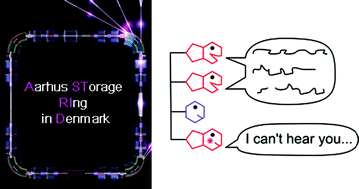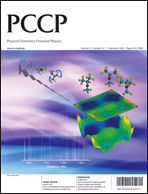Circular dichroism (CD) is a powerful technique to obtain information on electronic transitions and has been used extensively for studies on DNA. Most experiments are done in the UV region but new information is often revealed from extending the wavelength region down into the vacuum ultraviolet (VUV) region. Such experiments are most easily carried out with synchrotron radiation (SR) light sources that provide large photon fluxes. Here we provide a summary of the SRCD data taken on different DNA strands with emphasis on results from our own laboratory within the last five years.1-3 Signal intensities in the VUV are often significantly larger than those in the UV, and the electronic coupling between bases may increase with excitation energy. CD spectroscopy is particularly useful for investigating the extent of electronic coupling within a strand, i.e., the degree of delocalisation of the excited-state electronic wavefunction. The spatial extent of the wavefunction may be limited to just one base or it extends over two or more bases in a stack or between bases on different strands.4,5 The actual character of the electronically excited state is linked to base composition and sequence as well as DNA folding motif (A-, B-, Z-DNA, triplexes, quadruplexes, etc.). The latter depends on experimental conditions such as solution acidity, temperature, ionic strength, and solvent.

You have access to this article
 Please wait while we load your content...
Something went wrong. Try again?
Please wait while we load your content...
Something went wrong. Try again?


 Please wait while we load your content...
Please wait while we load your content...